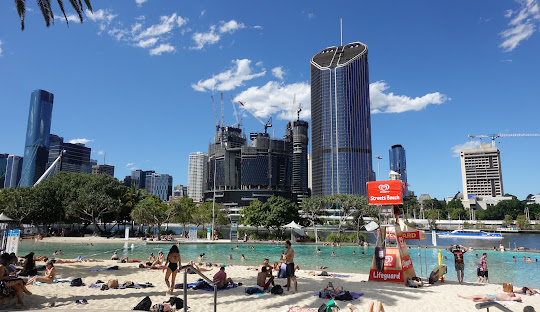
South Brisbane’s Rich History: From Indigenous Land to Urban Hub
Posted by on
South Brisbane has a long and significant history, beginning as an important site for Indigenous Australians before evolving into a key commercial and residential area in Brisbane.
Before European settlement, the area—along with West End and Highgate Hill—was known as Kurilpa, meaning "water rat" in the local Indigenous language. The region was an essential meeting place for the Murri peoples of South-East Queensland, with Musgrave Park serving as a significant cultural site. The Ngundari and Jagara peoples frequented the area, drawn to the Brisbane River for fishing and shelter-building. A bora ring, used for ceremonial purposes, was once present in Musgrave Park but has since been buried.
European settlement in South Brisbane began in the 19th century, with the suburb named for its location on the southern bank of the Brisbane River. The area developed rapidly following the first land sales in 1843, leading to the construction of wharves along the river. The suburb’s first street, Stanley Quay, was later renamed Stanley Street and became a key part of South Brisbane’s commercial expansion.
As the suburb continued to grow, it transformed into a bustling urban center, blending its Indigenous heritage with modern development. Today, South Brisbane remains a dynamic and culturally significant part of the city, reflecting its deep historical roots and ongoing evolution.